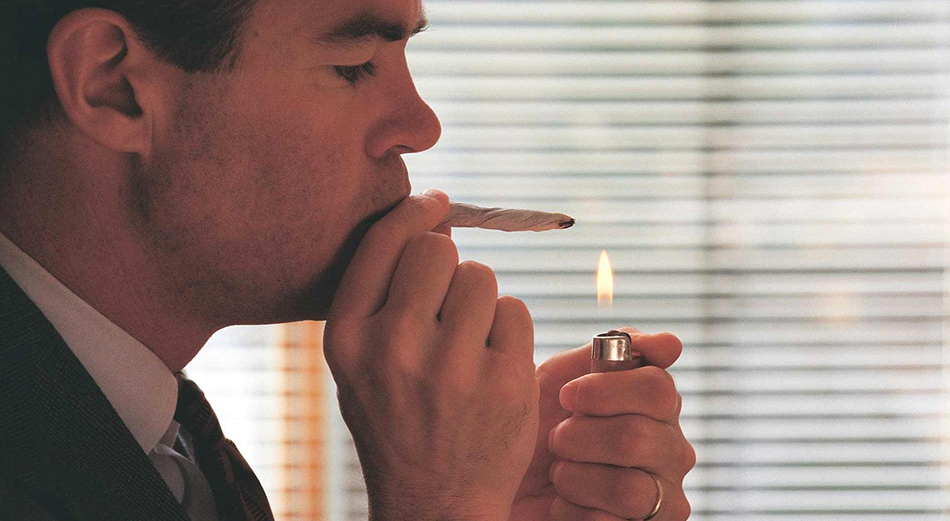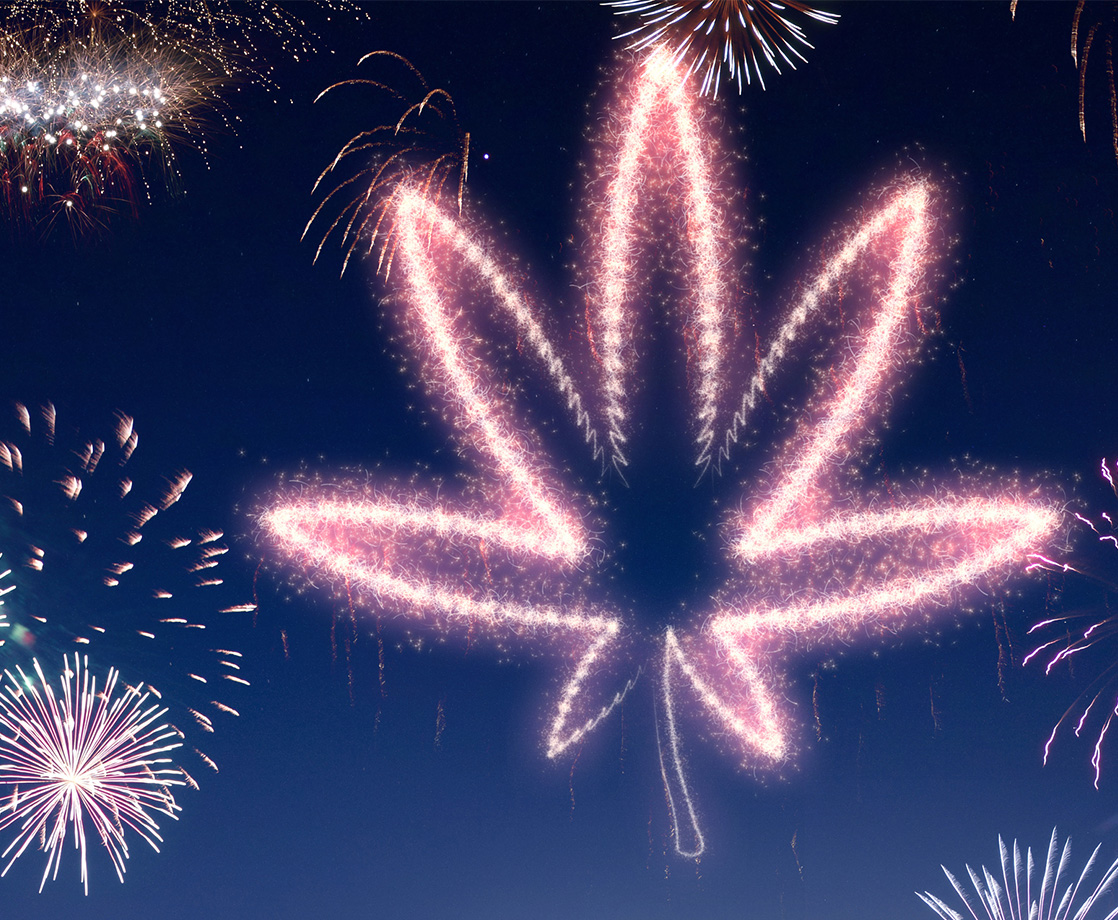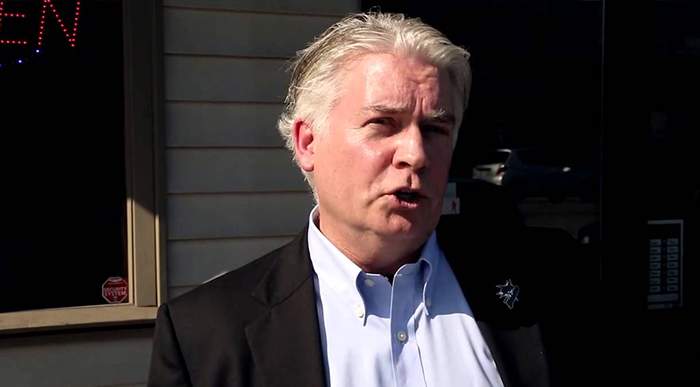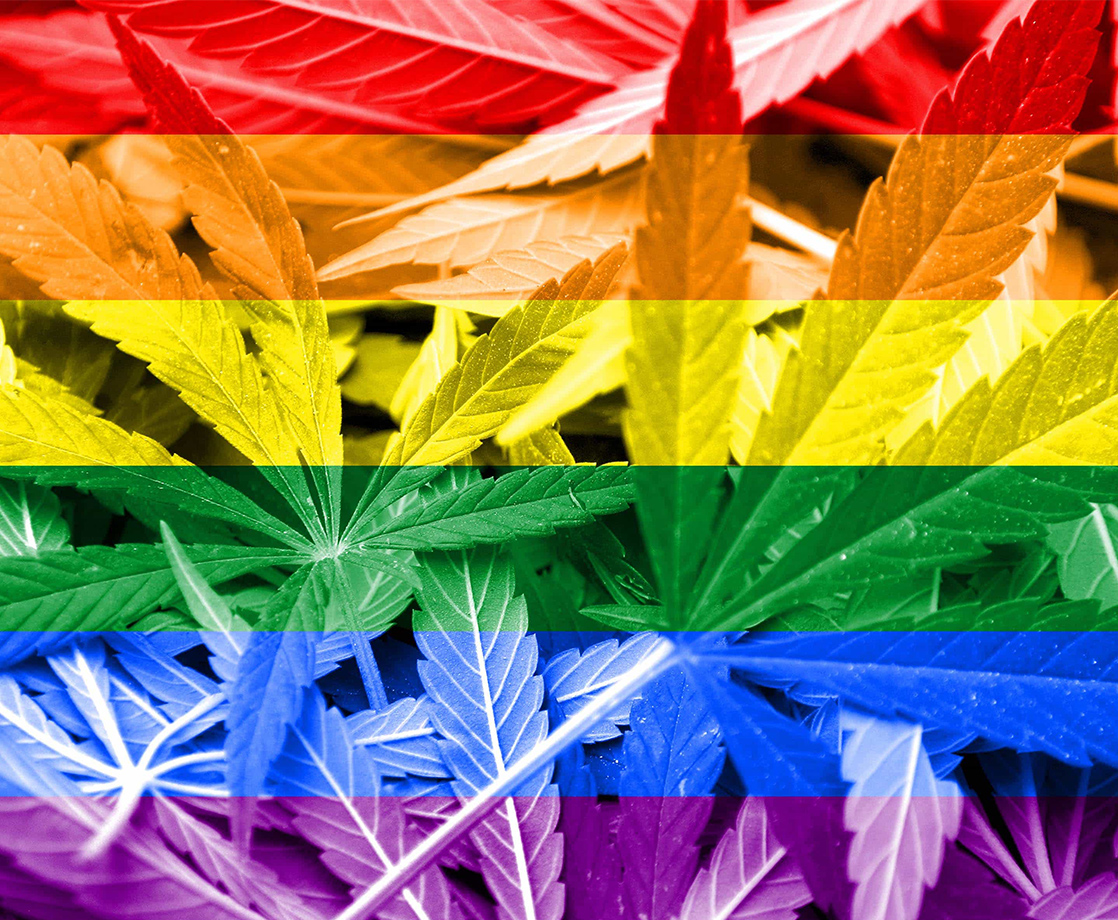While the federal government continues to run a rampageous riot of anti-pot swill and Congressional sandbag tactics against the great American populous in terms of its desire to legalize marijuana, the latest Gallup poll indicates that not only are more people consuming the herb in the United States than ever before, but they are also doing so at a rate of almost double what they were three years ago.
What this means from a statistical standpoint is that 13 percent of the population (around 33 million people) is using marijuana—an admission that only 7 percent of citizens were willing to make with pollsters back in 2013. There was also an increase in the number of people willing to come clean about their past marijuana use, with 43 percent saying that they had at least given weed a try—a figure that represents a modest but relevant 5 percent jump from the 38 percent who came clean about the green back in 2013.
In an analysis for The Washington Post, Christopher Ingram points out that with 40 million cigarette smokers in the United States, it is conceivable that there could soon be more cannabis users than traditional smokers.
“Given that cigarette use is in decline, marijuana use could become more prevalent than cigarette use in just a few years' time,” wrote Ingram.
The latest numbers could possibly provide fuel for legal weed’s opposing forces, which often suggest that legalization leads to increased rates of consumption. But even Gallup says the data is probably representative of a different phenomenon entirely, like a growing sense that weed is no longer frowned upon by the majority, that it has become a part of normal society.
“States’ willingness to legalize marijuana could be a reason for the uptick in the percentage of Americans who say they smoke marijuana, regardless of whether it is legal in their particular state,” wrote the pollsters. “Gallup finds residents in the West—home of all four states that have legalized recreational marijuana use—are significantly more likely to say they smoke marijuana than those in other parts of the country.”
What do the new Gallup numbers mean?
At the most basic level, the latest data shows a major transformation in public opinion on marijuana use unseen before Richard Nixon declared a War on Drugs. Back in 1969, only 4 percent of the population admitted to having tried marijuana. The figure increased exponentially—to around 24 percent—within the next decade. However, the moment Nancy Reagan stepped up to renew the drug war with her “Just Say No” campaign, the number of Americans willing to spill their guts over their personal pot consumption flat lined somewhere around 34 percent and simply did not budge. In fact, it wasn’t until around the middle part of the new millennium when we started to, once again, see a slight increase in those willing to talk about their pot consumption. The latest poll suggests that we will likely see more people admitting to cannabis use in the coming years.
What do Gallup’s marijuana polls mean for the big picture of cannabis reform?
Some federal lawmakers have said that, in terms of public opinion, it takes an issue consistently hanging out in the 65 percent range for Congress to take any action. Marijuana legalization has been lingering somewhere in the 55–60 percent range for the past few years, with most of the support calling for medicinal use rather than the total elimination of prohibition. But there is a real possibility that the stagnate public opinion with respect to full legalization will begin to skyrocket following the November election, when several states, including California, are set to vote on whether to legalize a taxed and regulated cannabis market similar to what is currently underway in Colorado.
“A lot of eyes are on California,” Gavin Newsom, the lieutenant governor of California, told Bloomberg in 2015. “It’s very different than almost any other state because of the scale and the magnitude of the change and what it will represent across the country.”
Gallup agrees that with several states preparing to vote on the legalization of marijuana later this fall, “2016 could mark a significant legal shift on the issue.”
Unfortunately, public opinion doesn’t mean jack shit when it comes to how the federal government will prioritize cannabis legislation. A 2015 Princeton University study found that an issue with absolutely no support from the American public has about a 30 percent chance of becoming law. In contrast, a popular issue—one supported by an overwhelming majority of the citizens—also stands only about a 30 percent chance at becoming law. Sadly, this means that the popularity of the marijuana issue is not likely to have any impact on whether Congress finally gets serious about allowing the herb to be treated similar to alcohol and tobacco.
“The preferences of the average American appear to have only a minuscule, near-zero, statistically non-significant impact upon public policy,” wrote the study authors.
Researchers found that the purchase of political influence remains the only factor that truly has the potential to change the law.











